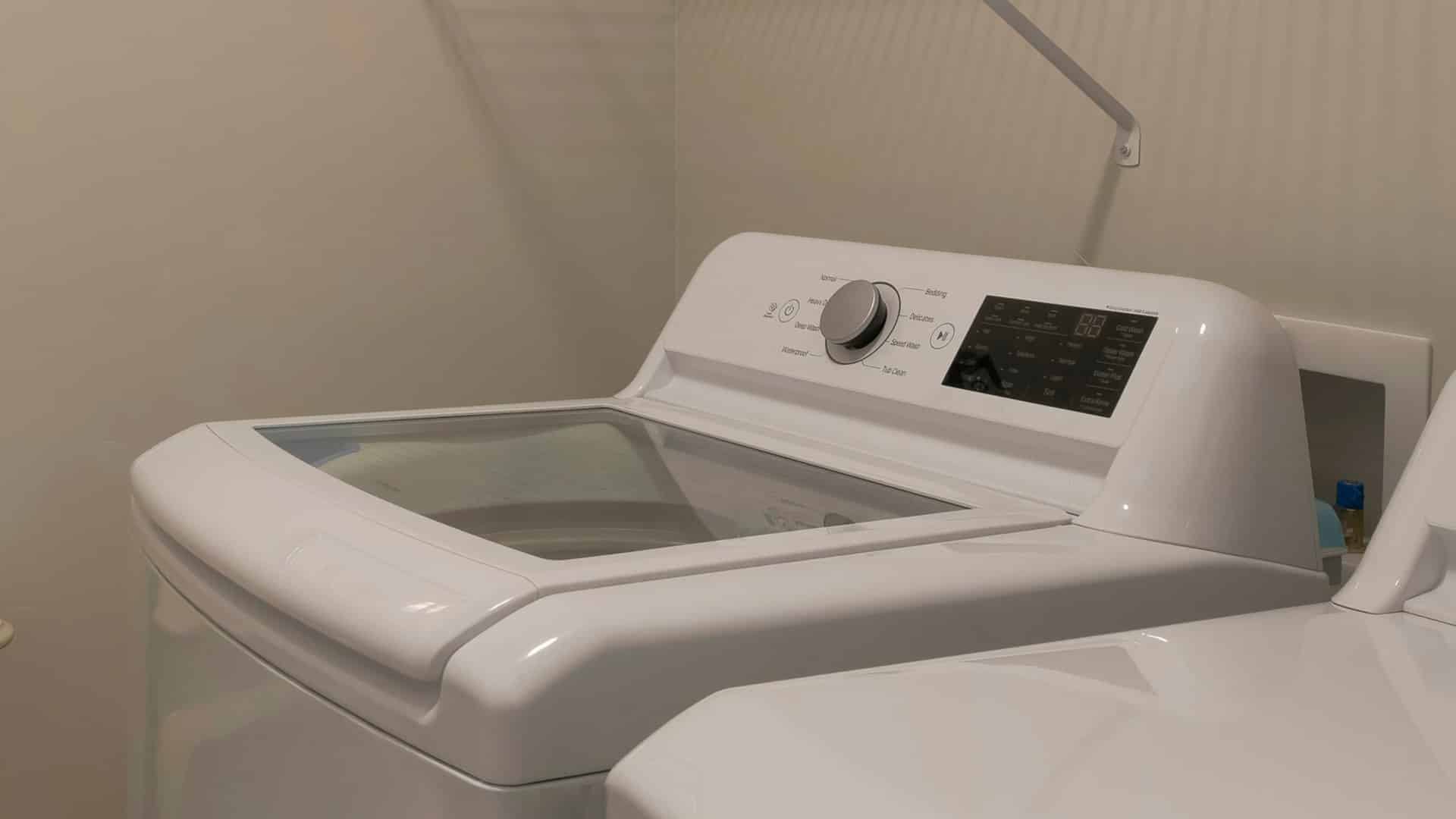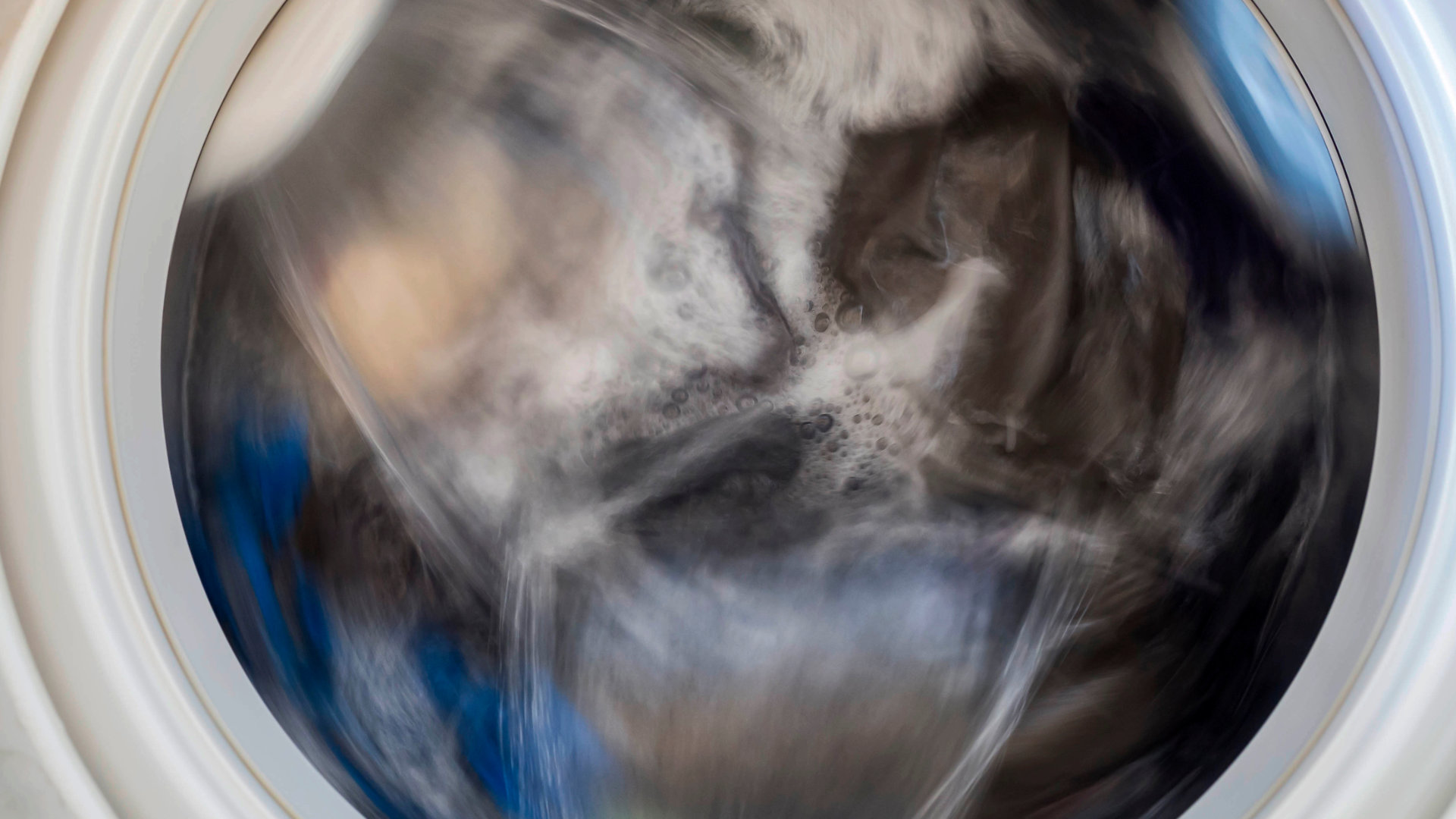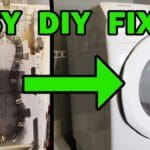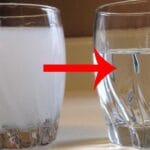A GE washer not spinning can be frustrating. It disrupts your laundry routine and creates extra work.
Understanding why your washer isn’t spinning helps you fix the problem quickly. In this post, we will explore common reasons why your GE washer might not spin. From simple fixes to more complex issues, we’ll cover what you need to know.
This guide will help you diagnose the problem and find a solution. Keep reading to learn how to get your washer back to normal.

Credit: www.youtube.com
Common Causes
A GE washer not spinning can be frustrating. Understanding the common causes can help. This section covers the most frequent issues that can prevent your washer from spinning.
Lid Switch Issues
The lid switch is a safety feature. It ensures the washer does not spin with the lid open. If the lid switch is faulty, the washer won’t spin. Check if the switch clicks when you close the lid. If not, it might need a replacement.
Drive Belt Problems
The drive belt connects the motor to the drum. If it is broken or loose, the drum won’t spin. Inspect the belt for any signs of wear. A worn or broken belt must be replaced. You can find the drive belt at the back of the washer.

Credit: applianceexpresstx.com
Initial Checks
If your GE washer is not spinning, start with some initial checks. These simple steps can help you identify common issues. Addressing them early can save you time and money.
Power Supply
First, ensure your washer is plugged in properly. A loose plug can cause power issues. Check the outlet by plugging in another device. Confirm the washer is getting power. If the outlet is not working, reset the circuit breaker. This might solve the problem.
Load Balance
An unbalanced load can stop your washer from spinning. Open the washer and redistribute the clothes evenly. Overloaded washers can also face spinning issues. Make sure not to exceed the recommended load size.
Try running a spin cycle with a balanced load. If it spins, the problem was likely an unbalanced load.
Inspecting The Lid Switch
When your GE washer isn’t spinning, it can be very frustrating. One common cause is a faulty lid switch. The lid switch ensures the washer’s lid is securely closed before it spins. If the switch is broken, your washer won’t spin. Let’s explore how to inspect the lid switch.
Testing The Switch
First, unplug your washer to ensure safety. Next, locate the lid switch. You can find it near the door frame inside the washer. Use a multimeter to test the switch. Set the multimeter to the ohms setting. Press the switch and check the reading. A working switch will show a reading of zero or near zero. If the reading doesn’t change, the switch is faulty.
Replacing The Switch
If the switch is faulty, you need to replace it. Start by removing the screws holding the switch in place. Disconnect the wires attached to the switch. Attach the wires to the new switch. Secure the new switch with screws. Close the washer lid and plug the washer back in. Run a spin cycle to ensure everything works correctly.
Examining The Drive Belt
When your GE washer stops spinning, one common issue could be the drive belt. The drive belt connects the motor to the drum. It helps the drum to spin. Over time, the belt may wear out or break. This can cause the washer to stop spinning altogether.
Signs Of Wear
First, check for signs of wear on the drive belt. Here are a few indicators:
- Fraying or cracking on the belt surface
- Loose or slipping belt
- Visible damage or splits
These signs show the belt is in poor condition. Replacing it can fix the issue.
Replacing The Belt
If you need to replace the belt, follow these steps:
- Unplug the washer from the power source.
- Remove the back panel of the washer.
- Locate the drive belt. It is usually around the motor and drum pulley.
- Remove the old belt. You may need to loosen the motor mount to do this.
- Install the new belt. Ensure it fits snugly around the motor and drum pulley.
- Tighten any loosened parts and reattach the back panel.
- Plug the washer back in and test it.
Replacing the belt yourself can save money. It also ensures your washer runs smoothly.
Motor Troubleshooting
Experiencing issues with your GE washer not spinning can be frustrating. The problem often lies within the motor, which is an essential part of your washer. Understanding how to troubleshoot motor issues can save you time and money. Let’s dive into some common motor-related problems and how to address them.
Motor Coupling
The motor coupling connects the motor to the washer’s transmission. Over time, this part can wear out. If broken, the washer won’t spin. To check the motor coupling, first, unplug your washer. Remove the washer’s outer casing to access the motor. Inspect the coupling for signs of damage. If it’s cracked or broken, replace it with a new one. This simple fix can often restore your washer’s spinning function.
Motor Control Board
The motor control board manages the motor’s functions. If faulty, it can prevent your washer from spinning. To troubleshoot, unplug the washer and locate the control board. This part is usually behind the washer’s main panel. Look for any burnt or damaged components. If you find any, the control board needs replacing. Sometimes, simply resetting the board can solve the issue. Reconnect the washer and test it again. If the problem persists, a new control board may be necessary.
Checking The Drain Pump
Having trouble with your GE washer not spinning? One common issue is a faulty drain pump. Checking the drain pump can help you identify the problem and get your washer back in working order. This section will guide you through the steps of checking the drain pump.
Clogged Pump
First, ensure the washer is unplugged for safety. Locate the drain pump, usually found at the bottom of the washer. Remove the access panel using a screwdriver.
Inspect the pump for any debris or blockages. Common items like lint, coins, or small clothing items can clog the pump. Use a flashlight to see better and carefully remove any obstructions. Always wear gloves to protect your hands.
Check the drain hose connected to the pump. Remove the hose and look inside for blockages. A clogged hose can also prevent the washer from spinning. Use a small brush or a piece of wire to clear the hose.
Pump Replacement
If the pump is not clogged, it might be faulty and need replacement. To replace the pump, start by disconnecting the power to the washer. Remove the access panel and locate the drain pump.
Disconnect the wires connected to the pump. Make note of their positions to reconnect them later. Unscrew the pump from its mounting bracket using a screwdriver.
Carefully remove the old pump and replace it with a new one. Secure the new pump with screws and reconnect the wires. Ensure all connections are tight and secure.
Finally, reattach the access panel and plug the washer back in. Test the washer to see if it spins properly. If the problem persists, consider seeking professional help.
Control Panel Diagnostics
Experiencing issues with your GE washer not spinning? The control panel diagnostics can help identify the problem. Understanding how to read error codes and reset the panel can save you time and money. Let’s dive into the details.
Error Codes
GE washers display error codes when something goes wrong. These codes help pinpoint the issue. For example, “E3” might indicate a problem with the motor. Check your washer’s manual for a full list of error codes. This list will guide you in understanding what needs fixing.
Writing down the error code is crucial. It helps in troubleshooting. You can then search for solutions specific to that code. This approach makes the diagnostic process simpler. You won’t need to guess what’s wrong.
Resetting The Panel
Sometimes, the control panel just needs a reset. Resetting can clear minor glitches. To reset, unplug the washer for a few minutes. Then plug it back in and see if the problem is resolved. This simple step often solves many issues.
If unplugging doesn’t work, try a manual reset. Consult your washer’s manual for specific reset instructions. Each model may have different steps. Following these steps can restore the washer’s normal function.
Using control panel diagnostics can make troubleshooting easier. Error codes and resetting the panel are the first steps. These can help you fix your GE washer’s spinning issues efficiently.
Preventive Maintenance Tips
Preventive maintenance can help keep your GE washer running smoothly. Regular care reduces the risk of your washer not spinning. Here are some simple tips to follow.
Regular Cleaning
Clean your washer monthly to remove dirt and detergent buildup. Wipe down the drum and seals. Use a washer cleaner or a mix of vinegar and baking soda. This prevents mold and mildew. Also, clean the washer’s filter. A clogged filter can cause the washer to stop spinning.
Proper Loading
Do not overload your washer. Heavy loads can throw the drum off balance. This can stop the spinning cycle. Distribute clothes evenly in the drum. Avoid washing heavy and light items together. Balance the load to help the washer spin properly.

Credit: fleetappliance.com
Frequently Asked Questions
Why Is My Ge Washer Not Spinning?
Your GE washer might not spin due to a broken lid switch, belt, or motor.
How Do I Fix A Ge Washer That Won’t Spin?
Check the lid switch, drive belt, and motor. Replace any broken parts.
Can A Clogged Drain Cause A Ge Washer To Not Spin?
Yes, a clogged drain can prevent your GE washer from spinning properly.
What Does It Mean If My Ge Washer Spins But Clothes Are Wet?
It might mean the washer is overloaded or there’s a drain issue. Check and fix.
Is It Worth Repairing A Ge Washer That Won’t Spin?
Repairing is often worth it if the washer is less than 8 years old.
Conclusion
Fixing a GE washer that’s not spinning can be straightforward. Start with simple checks like the power supply. Confirm the lid switch is working. Inspect the drive belt and motor coupling. Clean the drain pump filter. If problems persist, consult a professional.
Regular maintenance helps avoid future issues. Remember, timely intervention keeps your washer running smoothly. Ensure you follow the steps mentioned in the blog. This can save you time and money. Keep your laundry routine hassle-free with these tips. Happy washing!




